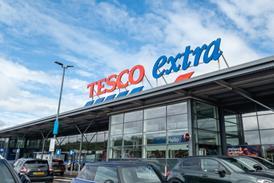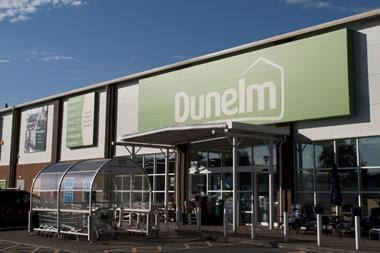Analysts fear non-food like-for-likes will dip further in September, after the BRC revealed a comparable store sales fall of 1 per cent in August.
Wet weather, record low consumer confidence and tightened purse strings continued to add to retailers’ woes. Sales have been lower than a year ago in five of the past six months, making this the worst summer since 2005.
For the same period last year, like-for-likes rose 1.8 per cent.
Citi’s Edward Wright calculates that non-food was down 6 per cent in August and said there are “fears for even worse negative headline trends” this month, because the comparative from last year for September is a 3 per cent like-for-like increase.
Investec pulled out a positive from the figures, highlighting that the 1 per cent drop was better than the 1.4 per cent decline that was expected. But the broker also pointed out that the furniture and floorings market did not look as if they would recover any time soon.
Investec analyst David Jeary said: “Sales in this category declined for the seventh consecutive month and forward orders remained discouraging. This was yet another difficult month [for general retailers] as even extended discounting failed to drive sales growth in the sector.”
Food and drink was the only sector to deliver sales up on a year ago, although the year-on-year growth was the slowest since March. Analysts attributed the robust performance to inflation.
Wright said inflation remained the “engine for this growth” and inflationary pressure on volumes is “becoming an important issue”.
Clothing and footwear was down, although slightly better than last month, bolstered by back-to-school ranges, designerwear, childrenswear and core basics. Jeary warned pressure on discretionary spending remained strong as consumers continued to favour value ranges.
BRC director-general Stephen Robertson said: “Miserable weather washed out hopes of a summer boost for retailers already suffering the slowdown. Prospects for customers and retailers are inextricably linked. Helping retailers keep prices down by cutting regulatory costs is the best way the Government can assist hard-pressed customers.”
























No comments yet